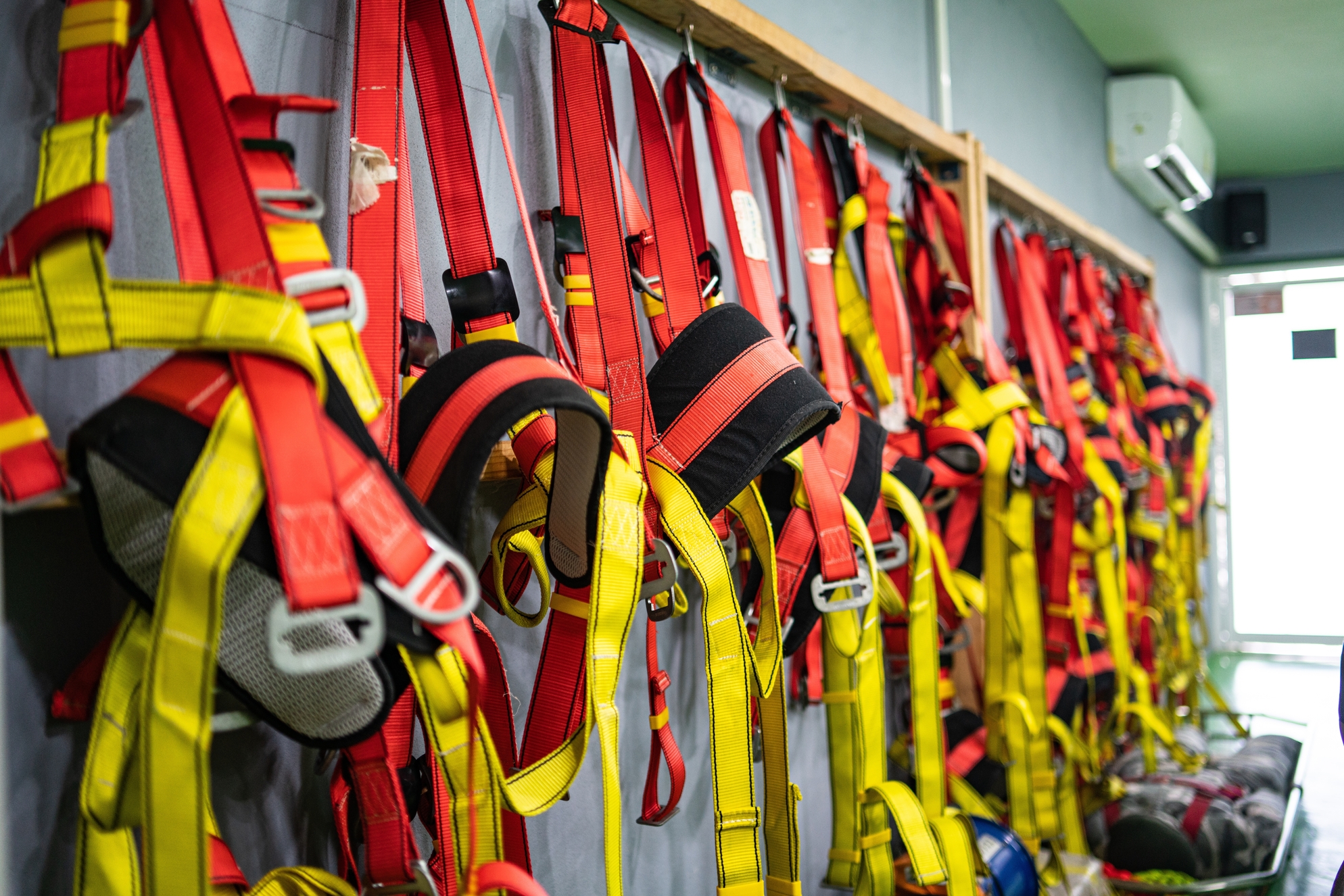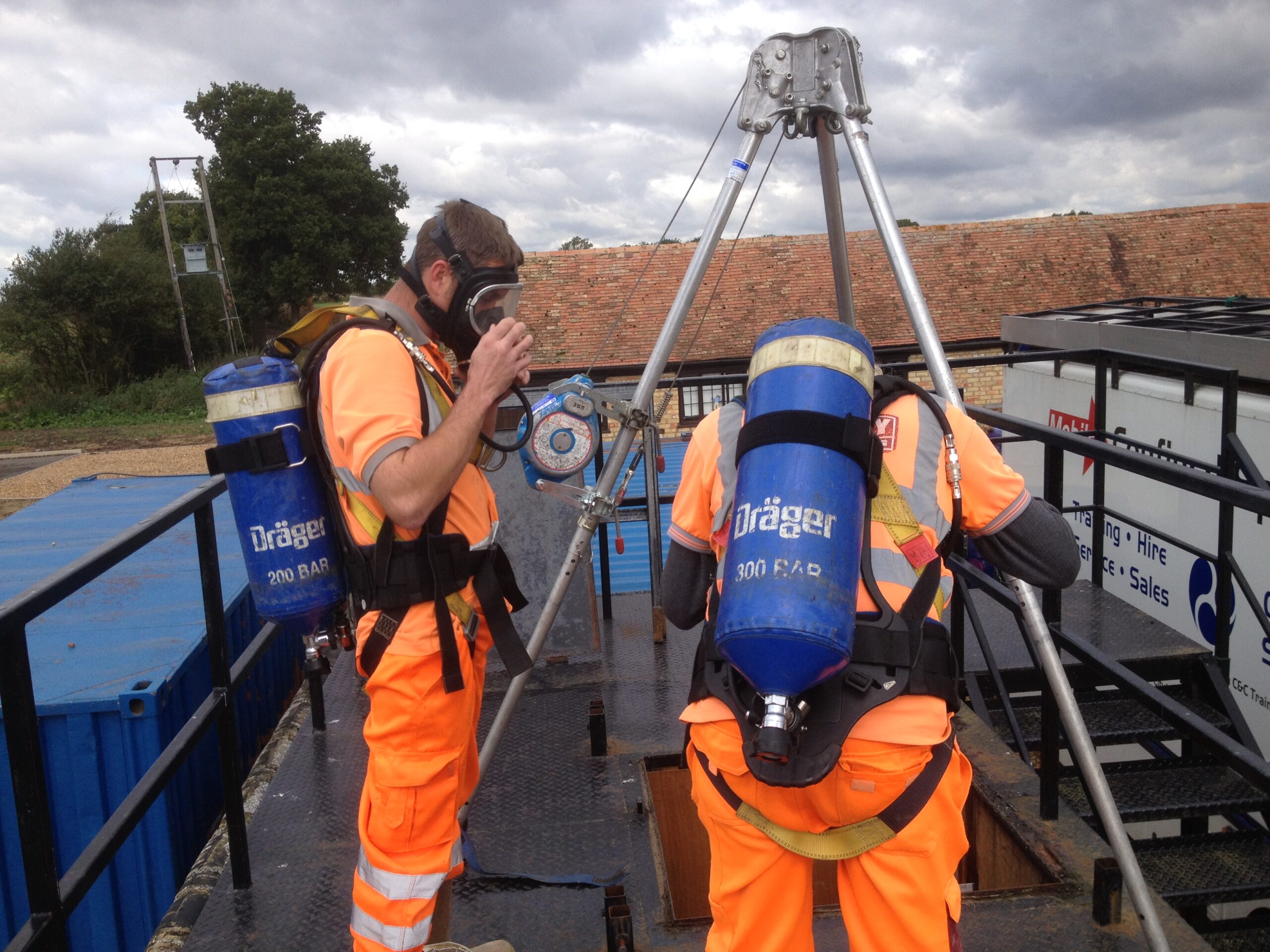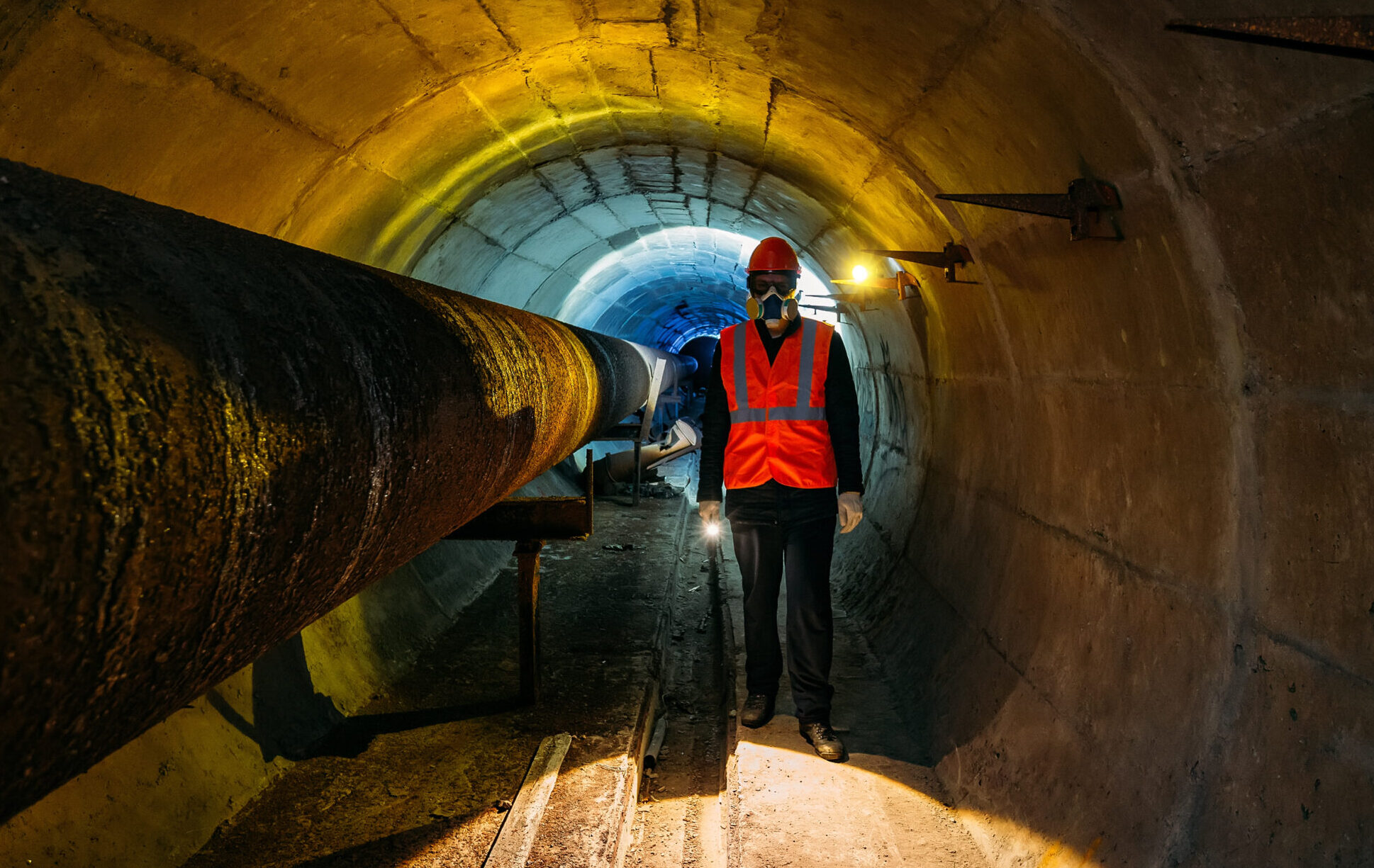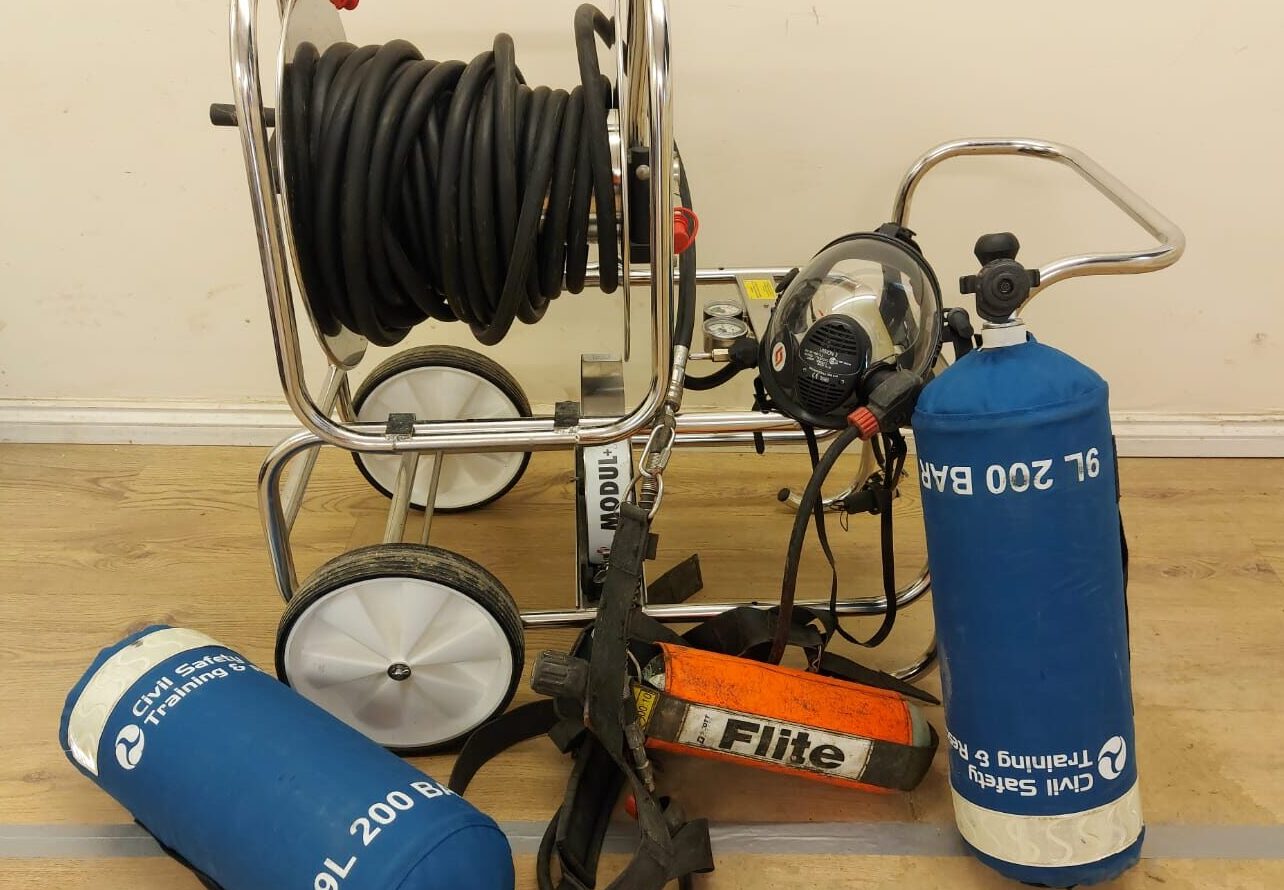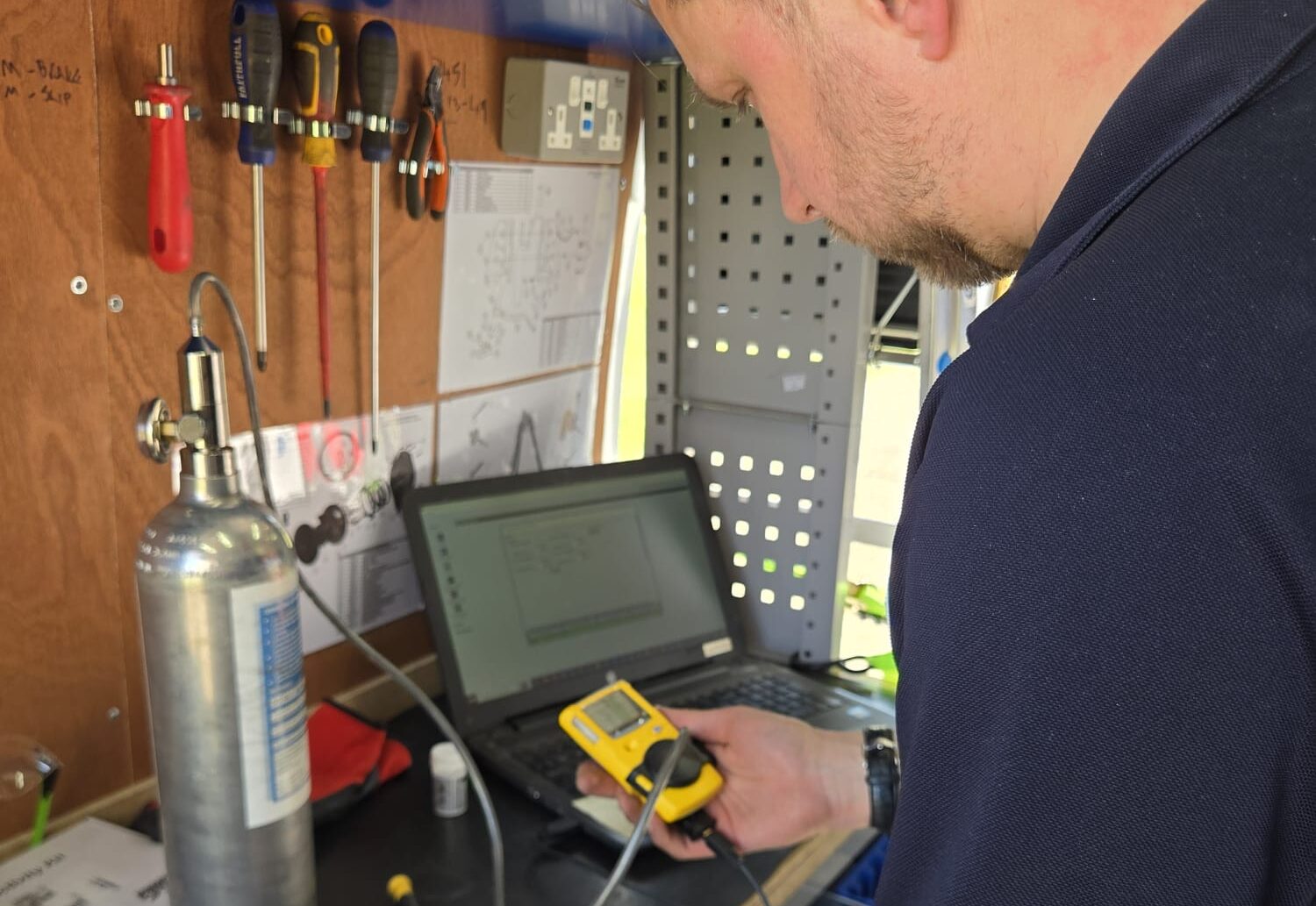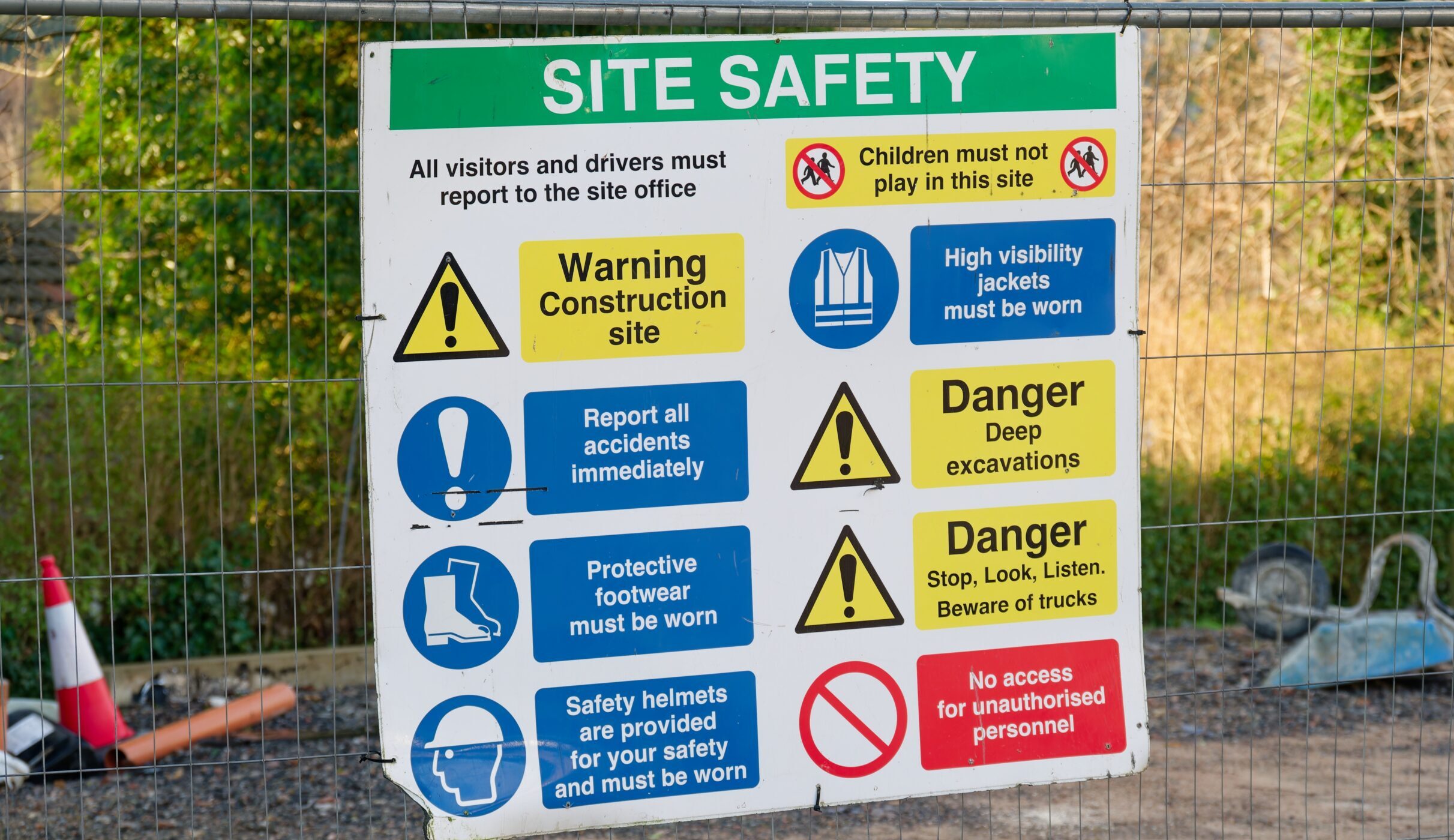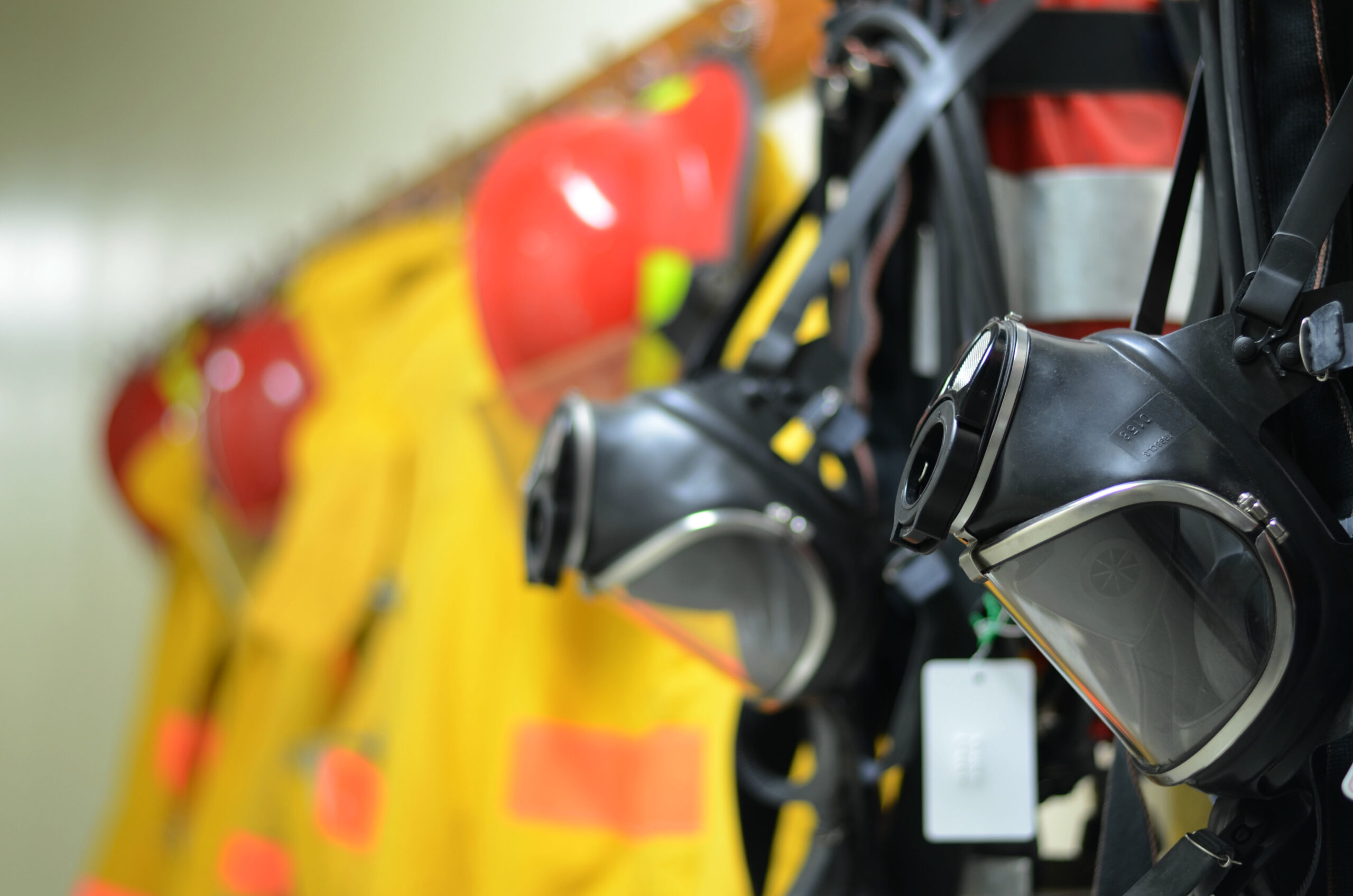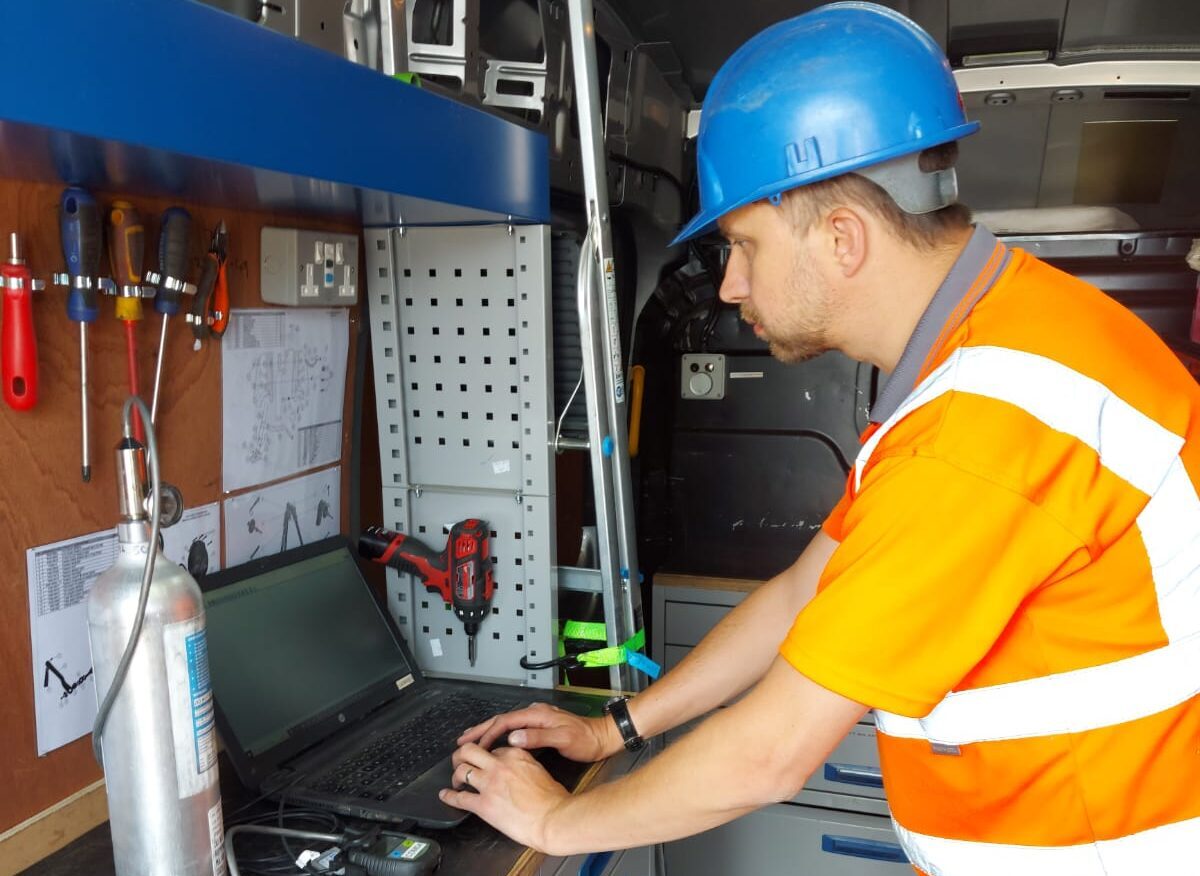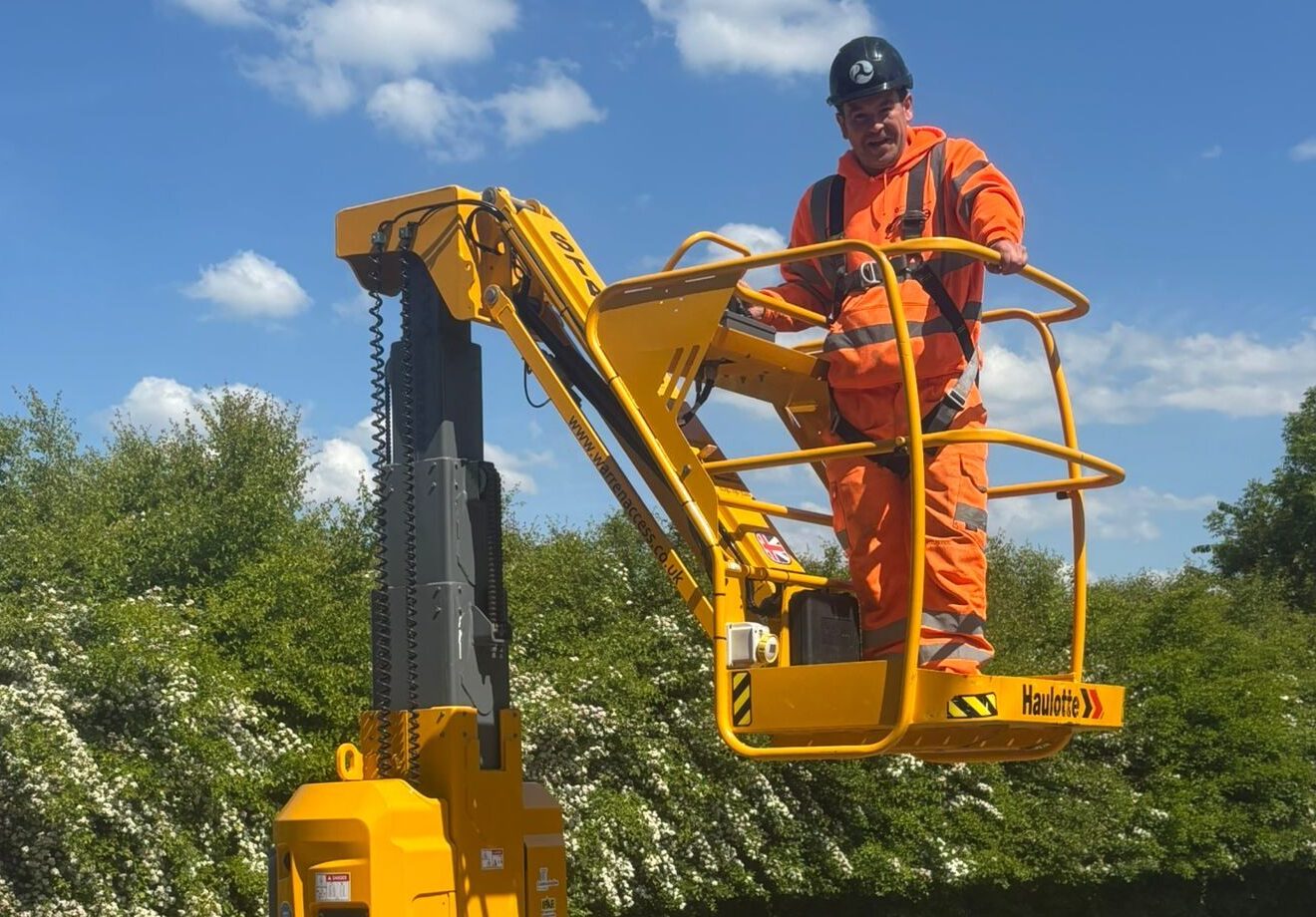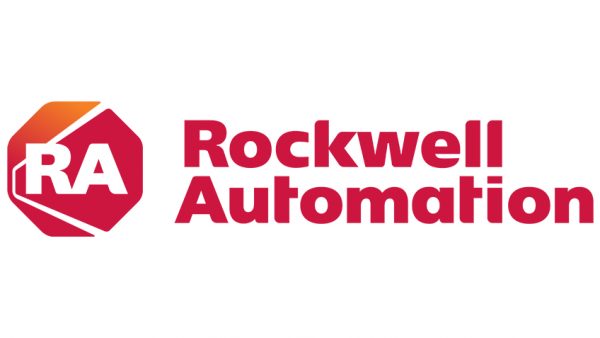Tips for Storing Safety Equipment to Ensure Longevity and Functionality
November 14, 2025
The safety equipment we buy or hire plays an essential role in protecting human lives and in the effective and practical functioning of various operations. In many environments it would be impossible to carry out certain tasks without this safety equipment, and we rely on this safety equipment to perform tasks to a required standard. This means it is not simply enough to have safety equipment available, it also needs to be cared for and looked after, to ensure it can carry out its function to the standard required. Ultimately, this could be the difference between life and death.
Once we have used safety equipment and it is ready to be stored away, what are the important factors we need to consider to ensure that safety equipment remains in good condition? With our storage practices we can influence how long a piece of safety equipment stays in good condition and therefore how effective it is. This is not just about value for money and avoiding having to spend money on replacing an item that has become damaged or has deteriorated in storage, more importantly it is about ensuring that piece of safety equipment is always in a usable condition, and is therefore ready and available for use at short notice.
Best Practice For Storage Of Safety Equipment
In an emergency situation we need to know we can rely on safety equipment to be usable and effective, so whether it is breathing equipment, harnesses, gas monitors, tripods, chairs, trolleys, winches or ropes, how should we consider storage to ensure these items always stay in good condition?
General storage tips that can apply to any type of safety equipment include:
- Follow the manufacturer’s specific guidelines – Requirements can vary depending on materials and equipment type. The manufacturer is always best placed to advise on an individual item, and you should always adhere to their recommendations.
- Clean and dry before storage – Again, regardless of the type of safety equipment, you should ensure it is clean and dry before you store it away. Mould, mildew and bacteria can grow from dirt or moisture left on an item and then not touched for a period of time. This can start to impact on the structural integrity of an item, particularly a fabric-based item such as rope or a harness.
- Environment – You should look to control the environment an item is stored in. High or low temperatures, or areas of high humidity, can start to affect an item in storage and material degradation can begin.
- Contaminants – Isolating safety equipment from aggressive contaminants is another general rule. This can include chemicals, paints, oils and sharp objects, while moisture and direct sunlight can also start to affect some materials.
- Labelling and separation – Cross contamination of items can start to degrade materials; therefore, you should store items separately to avoid this. In this regard, it helps to label items and to also label where they should be stored. Identifying items and storage areas helps people find the right location for an item and avoids this type of cross-contamination. The person then knows that the correct type of storage is being used, such as a hook, a shelf, a cabinet or a container, even if they don’t know specifically what the type of safety equipment is.
- Physical damage – Items should be stored in a way that prevents physical damage and maintains the natural shape of the item so it doesn’t become deformed. This also means not over-storing and having a maximum inventory number for the same items stored in one location.
- Regular inspections – There should be a regular inspection of all safety equipment in order to perform an inventory and to identify where a deterioration in condition might have occurred. This could be carried out in conjunction with regular servicing of safety equipment, and would identify if items have become worn from over-use, need calibrating or need replacing.
More Specific Safety Equipment Storage Tips
To ensure the longevity and functionality of specific items of common safety equipment there are some more targeted storage tips:
Breathing equipment – It is essential these are kept away from dust, moisture and fumes. Ideally these should be stored in sealed containers.
Gas monitors – Store in a clean, dry environment away from chemical fumes and extreme temperatures. Wipe clean before storage and, where possible, keep in a protective case or docking cradle. Proper storage supports accurate calibration and ensures sensors remain reliable.
Carrying equipment – Items such as chairs, trolleys and stretchers should be dismantled as much as possible and stacked or laid flat to avoid stress on important mechanical parts.
Tripods and winches – Store tripods folded or in protective bags, ensuring joints are not under pressure. Keep winch cables neatly retracted and free from knots or sharp surfaces. Store in dry conditions to prevent corrosion and mechanical wear.
Fall protection – Items such as ropes and harnesses should be hung up or laid flat. This avoids tangling and any avoidable stresses being applied.
PPE – Avoid storing heavy items on personal protective equipment which could deform their shape, and with items such as eye protection, this should be stored in protective cases to avoid scratches and damage.
Practical And Effective Safety Equipment At All Times
If you follow these general guidelines for storing your safety equipment you get greater value for money from your investment in safety equipment, however, you are also ensuring it remains practical and usable whenever it is needed. If you purchase or hire safety equipment from Civil Safety it will always be supplied in usable condition because we adhere to these storage practices, whether the safety equipment is new or not. We can always guarantee that our safety equipment is functional and in good condition, and therefore ready to use straight away.
